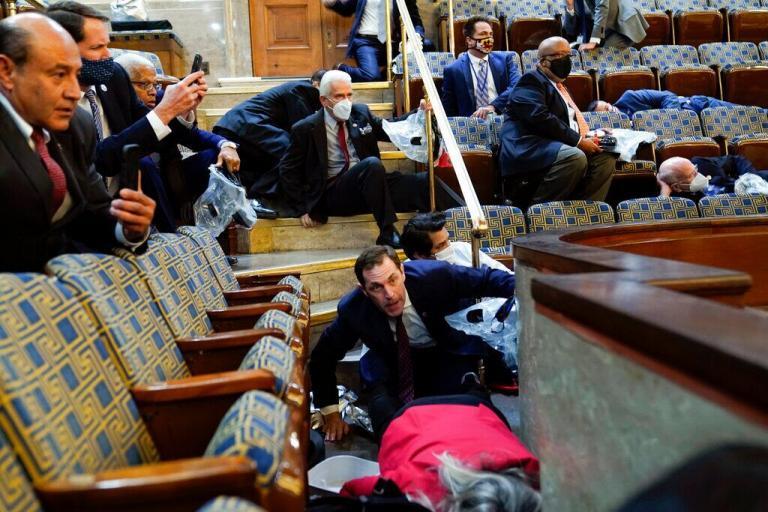During the depression of the 1930’s, President Roosevelt established the Civilian Conservation Corps (CCC) to help young men survive the economic troubles. The program was set up for unemployed, unmarried men ages 18-25 but was later expanded to ages 17-28. The young men would do manual labor in rural areas around the country. They would do work to improve rural land owned by federal, state and local governments.
Roosevelt recognized the positive impact that working could have on a person’s self esteem. The young men were paid $30 per month with $25 being sent back home to their families. This was the start of America’s work for welfare experiment. The belief was that the young men who worked for the CCC were better off physically and morally and made better employees when they found a private job.
Over the past month, Speaker of the House McCarthy negotiated for work-for-welfare requirements. Listening to the Manatee County Democrats led by Hakeem Jeffries, you would have thought we were enslaving African-Americans in the old Tara style plantations. The very idea that able bodied people would be encouraged to work in return for welfare benefits sent the Manatee County Democrats searching for their quaalude supplier.
Let’s take a look back to the 1996 Personal Responsibility and Work Opportunity Act that was passed with bipartisan support and signed into law by President Bill Clinton.
Robert Doar, President of the American Enterprise Institute, recently spoke about the success of the 1996 law. Doar ran social services for Mayor Mike Bloomberg in New York City. He was responsible for cash benefits, Medicaid and food stamps. In a recent Wall Street Journal article, Doar said that work matters. He said that when work is paired with public assistance it is a powerful tool. He also believes that work for benefits is a “path out of poverty.”
Doar explained that when the work-for-welfare bill was passed in 1996, the number of men, women and children on cash welfare was 1.1 million in a city of 8 million people. Over several years, that number dropped to 360,000 even as the population expanded.
Doar noted that in NYC they “transformed a system that was entirely focused on signing people up for benefits and enrolling them, and helping them become more dependent on government aid and not work, to a system that helped get them into work.”
People were notified that their government benefits were at risk and they got to work. The labor participation rate in NYC went from 50% for unmarried single mothers to 65%.
It seems obvious that a person who has a job will be better off economically and mentally. As we experienced during the pandemic, people with various anxiety issues experienced tougher times because they were not working. Having the responsibility of work and all the daily interactions that occur with daily work-life can often distract people from focusing on problems, mental or physical, that they are experiencing.
The giving of benefits without requiring something in return makes a person a ward of the giver. Today, a significant number of able bodied people on food stamps have no earnings. If you know your way around government programs, you can receive food stamps, housing subsidies and Medicaid. What the Republicans are trying to do is encourage able bodied welfare recipients to find work which will benefit the welfare recipient and the community he or she inhabits.

Bob Spencer
Publisher
Manatee Herald
publisher@manateeherald.com







